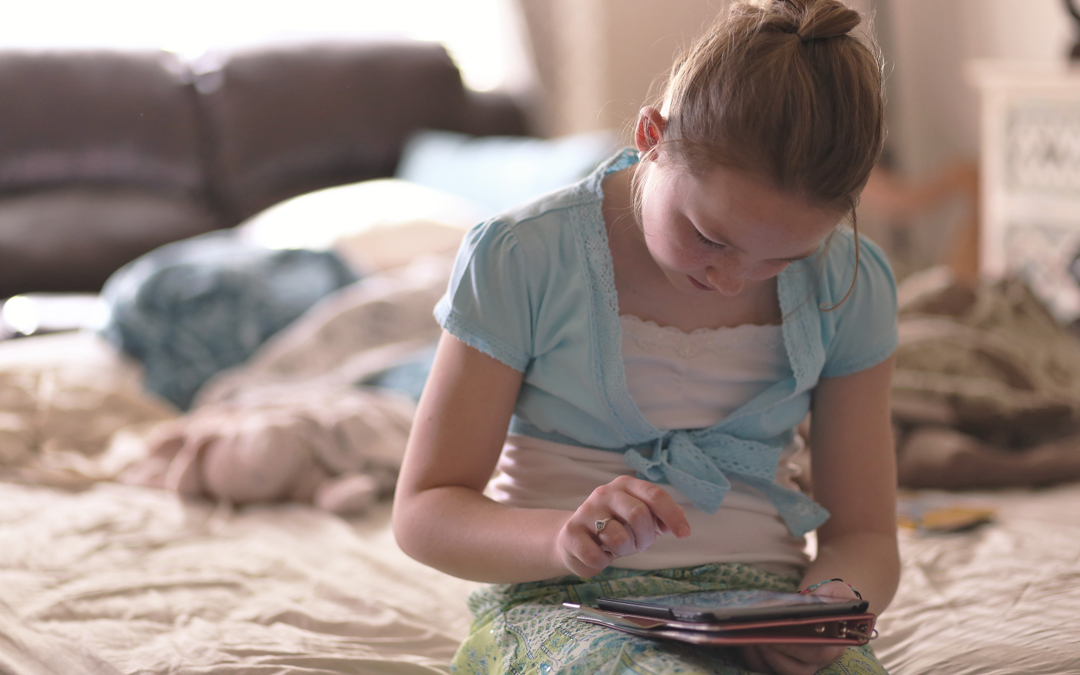When it comes to screen time, it can be a pretty hotly debated topic amongst parents, caregivers, and educators, with everyone having their own strong opinions and justified concerns. The one thing we can all agree on, though?
Our devices are definitely here to stay.
So then, shouldn’t the question be more about how we’re using them, rather than if we use them?
The Debate
As an educator, I see both sides of the debate, and I see kids every day who are both being positively and negatively impacted by their screen time. While I find the negative impacts concerning, I cannot deny the benefits. In the classroom, I use technology and its associated screen time constantly. It provides a means of finding information and experiences that we never would have had access to otherwise. The adaptive technology for literacy makes a world of difference to all the different kinds of learners in my room, and students are able to use technology to effectively express themselves and communicate their thinking. When used properly, it removes obstacles and empowers my students.
Here’s the thing, those devices we carry everywhere with us aren’t just for mindless scrolling or countless hours staring at YouTube, they’re amazing tools. But, like all tools, we need to be taught how to use them properly, responsibly, and effectively before they can start making our lives easier.
Active Vs. Passive Use
Screen time isn’t necessarily harmful – as long as it’s not all you do and you’re using it meaningfully. As explained on EdSurge, a community that strives to use technology to make learning opportunities more equitable, researchers found that there is a difference between active and passive screen time. Passive screen time is the sedentary activity of observing without communicating, problem-solving, or learning. In contrast, active screen time is when you are physically or cognitively engaged in what you are doing on your device, and it comes with benefits.
According to the Canadian Paediatric Society, there is actually early evidence that interactive media in which children receive timely responses from an adult, can help children to retain information that they’ve been taught. In the same report, they even cite early evidence of apps and e-books which can help build early literacy, and that quality content that is co-viewed and discussed with an adult can support language learning. That’s pretty exciting!
So don’t feel guilty about using screen time overall – just take stock of how it’s being used and do your best to teach your kids how to use it – as the tool it is.
References and Helpful Links:
- https://www.nemours.org/services/health/growuphealthy/screentime.html
- http://literateforlife.org/screen-time-benefits/
- https://www.insider.com/screen-time-effects-on-kids-benefits-2019-1
- https://www.edsurge.com/news/2019-03-01-the-surprising-research-backed-benefits-of-active-screen-time
- https://www.ledevoir.com/documents/pdf/screen_time.pdf
- https://www.cps.ca/en/documents/position/screen-time-and-young-children#ref39
